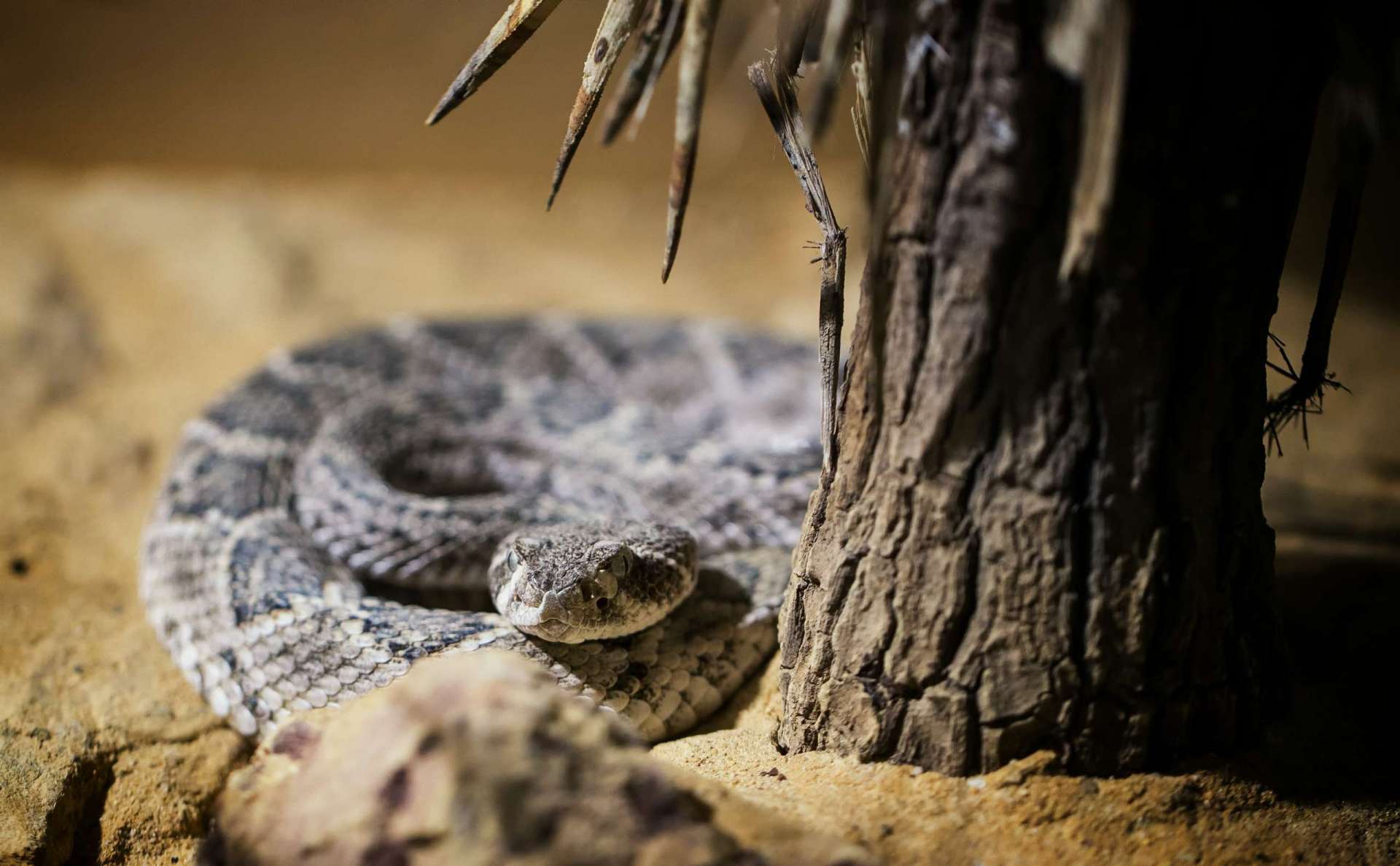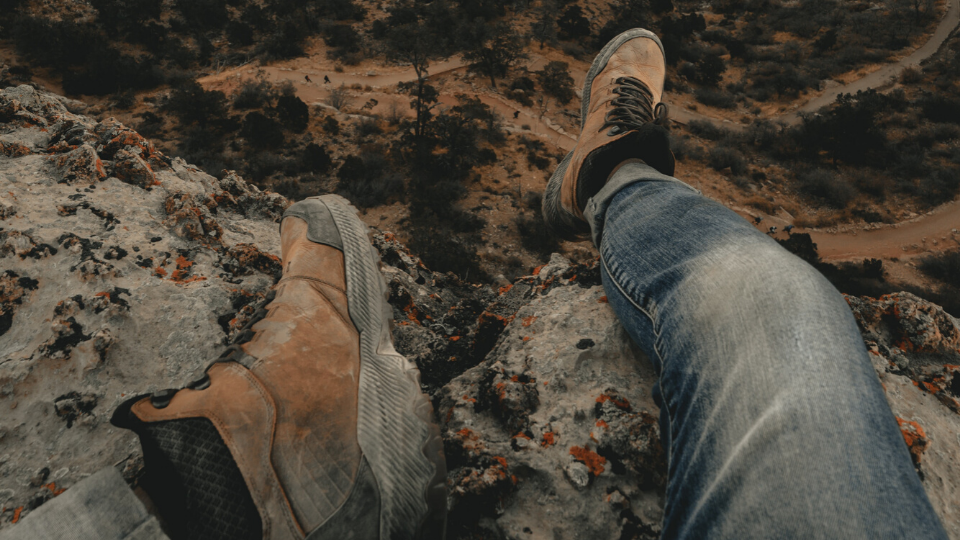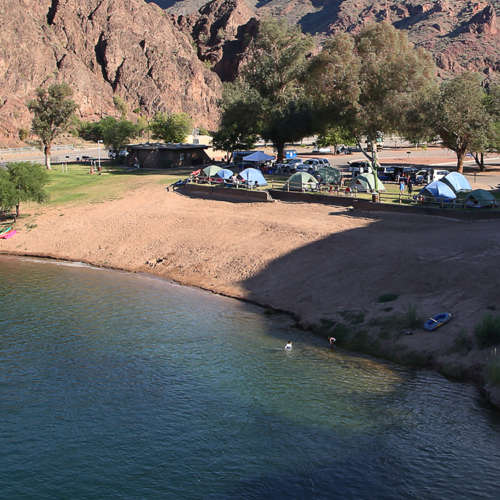Rattlesnakes are fairly common in the mountainous terrains of Arizona backcountry, and there’s no shortage of people — especially inexperienced hikers — who get themselves bitten by a rattlesnake. The upside is this: rattlesnake bites are so common that it’s easy to know exactly what to do. Here’s the rattlesnake bite survival guide you would need for such an attack.

React Calmly
First and foremost, a victim of any venomous snakebite should be doing everything they can to keep their heart rate as low as possible. That means no running, no panicking, and no going after the snake for round two. In addition, a rattlesnake, like any viper, secretes venom that causes serious tissue damage if the wound is held with pressure.
As for the venom suction you see in the movies? Whether it’s spit and razor blades or a “professional” kit, it doesn’t extract venom at all — not even with a so-called extraction kit. That being said, it’s imperative that you don’t mess with the wound. It’s important to keep the extremity that’s been bitten from experiencing tissue death, so no ice and no tourniquets should be used either. These have been scientifically proven to do nothing in saving tissue and in fact increase likeliness of loss of life or limb.
The next thing to do if you’re bitten by a rattlesnake is travel to the hospital — or to have paramedics come get you. Walking on your hike back will help you way more than running or rushing, as high-paced antics will cause your heart to race. Again, a rattlesnake bute must be treated in the hospital: no amount of home treatment will do anything for you, as only antivenom has been proven to work.
Find the Best Camping Spots Near Phoenix
Are you trying to find the best camping spots near Phoenix? View our list of the best places to camp near Phoenix.
FInd the Best Camping Spots Near Phoenix
Keeping Track
The most important thing to do if you’re bitten by a rattlesnake includes keeping track of your symptoms. There is, of course, the initial pain, and rattlesnake venom does more to make a victim uncomfortable. However, you can keep track of where the inflammation and the painful swelling is on your body to help the hospital better treat you in your time of need. Keep a sharpie on you, and circle the site of the bite. Then, mark your appendage where the swelling and pain end with a line — for example, halfway up the foot, if it’s swelling that much from your toe already. Wherever the bite is, keeping track of the spread of pain is crucial to ascertain what type of snake bit you — and, in the case of a rattler or any other type of viper, the speed of the pain’s spreading also aids in determining what antivenom to use. With your cooperation and expedient return to the nearest hospital, you will be able to mitigate your chances of worsening the damage caused by the bite.

Be Prepared
When expecting to hike someplace where rattlesnakes may live, come prepared. Dress appropriately to reduce bite risk (jeans-wearers with decent boots are least likely to be envenomated). In addition, take that sharpie, your phone, and an epi-pen along with fast-acting allergy meds for good measure, in case of anaphylactic shock. Do that, and you’re automatically increasing your chances of surviving a rattlesnake bite. It’s obviously important to remain calm and to act fast, but remember: rattlesnake bites are very rarely lethal. Most of the time, all you get to remember your trip is a painful memory and a strong inclination to wear bite-preventive clothing.



